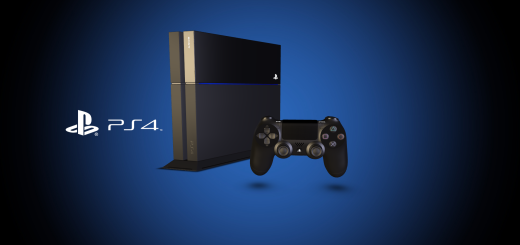What is 3d Printing?
Three dimensional printing is a process in which a solid three dimensional object is made by using an additive process. An additive process means that an object is created by laying down layer after layer of material until the entire object is created. Each of these layers can be described as ‘ a thinly sliced horizontal cross-section of the eventual object’. 
How exactly does 3D printing work?
You will start your attempt at a 3D design by virtually designing the object you want to create using a Computer Aided Design (CAD) file as part of a 3D modelling program (if the object is brand new) or by scanning the object into a 3D scanner (to copy an existing object).
The software will then slice the final model into hundreds or thousands of horizontal layers as preparation. When this prepared file is uploaded in the 3D printer, the printer creates the object layer by layer. The 3D printer reads every slice (or 2D image) and proceeds to create the object blending each layer together with no sign of the layering visible, resulting in one three dimensional object.
There are different methods and technologies in 3D printing. Some methods use melting or soften the material to produce the layers. Selective laser sintering (SLS) and fused deposition modelling (FDM) are the most common technologies using this way of printing.
Another method of printing is to lay liquid materials that are cured with different technologies. The most common technology using this method is called stereolithography (SLA).
Selective laser sintering (SLS)
This technology uses a high power laser to fuse small particles of plastic, metal, ceramic or glass powders into a mass that has the desired three dimensional shape. The laser selectively fuses the powdered material by scanning the cross-sections (or layers) generated by the 3D modelling program on the surface of a powder bed. After each cross-section is scanned, the powder bed is lowered by one layer thickness. Then a new layer of material is applied on top and the process is repeated until the object is completed.
All untouched powder remains as it is and becomes a support structure for the object. Therefore there is no need for any support structure which is an advantage over SLS and SLA. All unused powder can be used for the next printing. SLS was developed and patented by Dr. Carl Deckard at the University of Texas in the mid-1980s, under sponsorship of DARPA.
Fused deposition modelling (FDM)
FDM technology works using a plastic filament or metal wire which is unwound from a coil and supplies material to an extrusion nozzle which can turn the flow on and off. The nozzle is heated to melt the material and can be moved in both horizontal and vertical directions by a numerically controlled mechanism, directly controlled by a computer-aided manufacturing (CAM) software package. The object is produced by extruding melted material to form layers as the material hardens immediately after extrusion from the nozzle.
Stereolithography (SLA)
The main technology in which photopolymerization is used to produce a solid part from a liquid is SLA. This technology employs a vat of liquid ultraviolet curable photopolymer resin and an ultraviolet laser to build the object’s layers one at a time. For each layer, the laser beam traces a cross-section of the part pattern on the surface of the liquid resin. Exposure to the ultraviolet laser light cures and solidifies the pattern traced on the resin and joins it to the layer below.
After the pattern has been traced, the SLA’s elevator platform descends by a distance equal to the thickness of a single layer, typically 0.05mm to 0.15mm. A resin-filled blade then sweeps across the cross section of the part, re-coating it with fresh material. On this new liquid surface, the subsequent layer pattern is traced, joining the previous layer. The complete three dimensional object is formed by this project. Stereolithography requires the use of supporting structures which serve to attach the part to the elevator platform.
This technology seems very new, but has in fact been used by manufacturers for a great number of years. If you think your company could make good use of a 3D printer, or if you want to start creating your own super hero character series, Junk Mail has various ads for 3D printers! For more information on 3D printing, click here!







